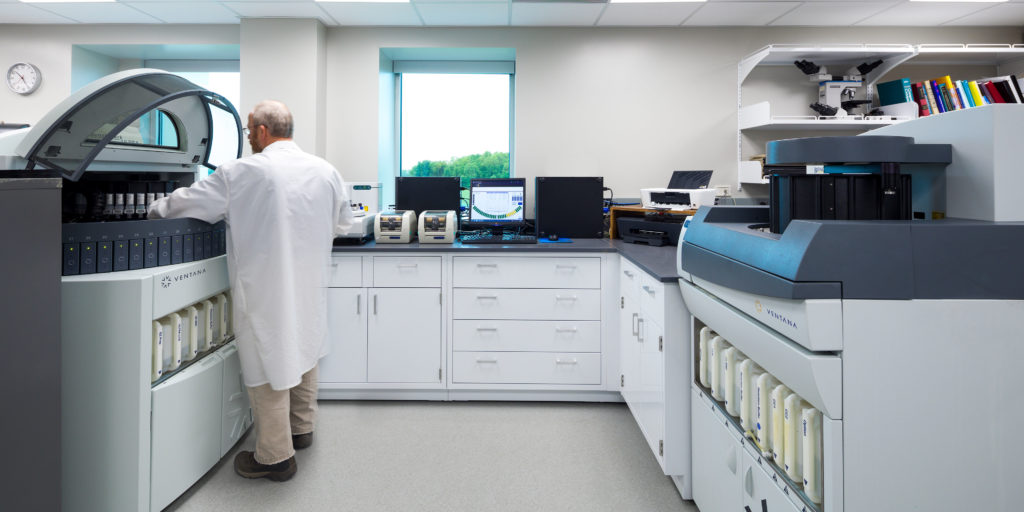
Relocating your lab safely and efficiently can be complicated, time-consuming, and labor intensive. You may be aware of the obvious things that need to be done, like packing and labeling chemicals and other items on the shelves, transporting them safely to their new location, and decontaminating everything thoroughly when you’re down to the bare walls.
However, you should be aware of a few less obvious things. You need to be performing all these tasks according to the compliance and regulatory issues from the EPA, OSHA, DOT, IATA, and any other regulatory bodies that pertain to your laboratory relocation.
Therein lies the $64,000 question: which regulatory guidelines apply to you based on the size of your lab, the work you do, and multiple other factors? In some circumstances, ignoring any required steps could cause employee injury or property damage, and result in thousands of dollars in fines…but not all circumstances. To make it clear to you which regulations and compliance measures apply to the relocation of your lab, and to ensure a safe relocation of your lab according to all the pertinent compliance measures and regulations, it makes sense to reach out to your local regulatory bodies to ask what’s expected of you during your move. Hiring an experienced partner like BaneBio to consult on the logistics of the project could prove to be one of the most helpful things you can do to save time while keeping the project compliant.
Financial Management
Depending on the size and distance of the move, lab relocations can be costly. Rather than hiring a different contractor for each step, a good way to cut costs safely is by hiring one contractor to go through the entire process with you. This will improve the efficiency of the project and decrease the overall price.
Hiring and Team Management
Your logistics consultant will help you assemble the appropriate relocation team based on the size and particulars of your lab. You may need to assemble a team made up of experts in all aspects of a lab relocation that represent key internal and external stakeholders, including team leaders, environmental consultants, project managers, and supply chain vendors.You may not need a team like this, but your logistics consultant can help you determine an alternate way to stay organized and on track during your relocation.
Waste Disposal
Rely on the knowledge of either on-site team members or logistical consultants who have a deep knowledge of hazardous waste disposal. To reduce liability, you will want to dispose of unnecessary hazmat rather than transport it. Assess all chemicals prior to transportation, and dispose of any that will not be used at the new facility.
Hazmat Transportation
Despite your best efforts, it is likely that some hazmat will need to be transported during a lab relocation. If your logistics consultant advises, be sure to adequately pack, label, and transport hazmat all within PHMSA regulations.
Lab Decontamination
It is standard practice to decontaminate the facility you are vacating according to ANSI guidelines. Again, your logistics consultant can advise you on appropriate decommissioning methodology based on the work you have been doing.
Sampling and Reporting
Once again, if advised by your logistics consultant, qualify and document the decontamination of the lab you are vacating through sampling and reporting using real time sampling as well as laboratory analysis. Summarize the decontamination methodology, activities, and sampling results into a report that your company can use to demonstrate and quantify your decontamination efforts.
Considering a lab relocation? Unsure which compliance guidelines and regulations apply to you? BaneBio can help!
